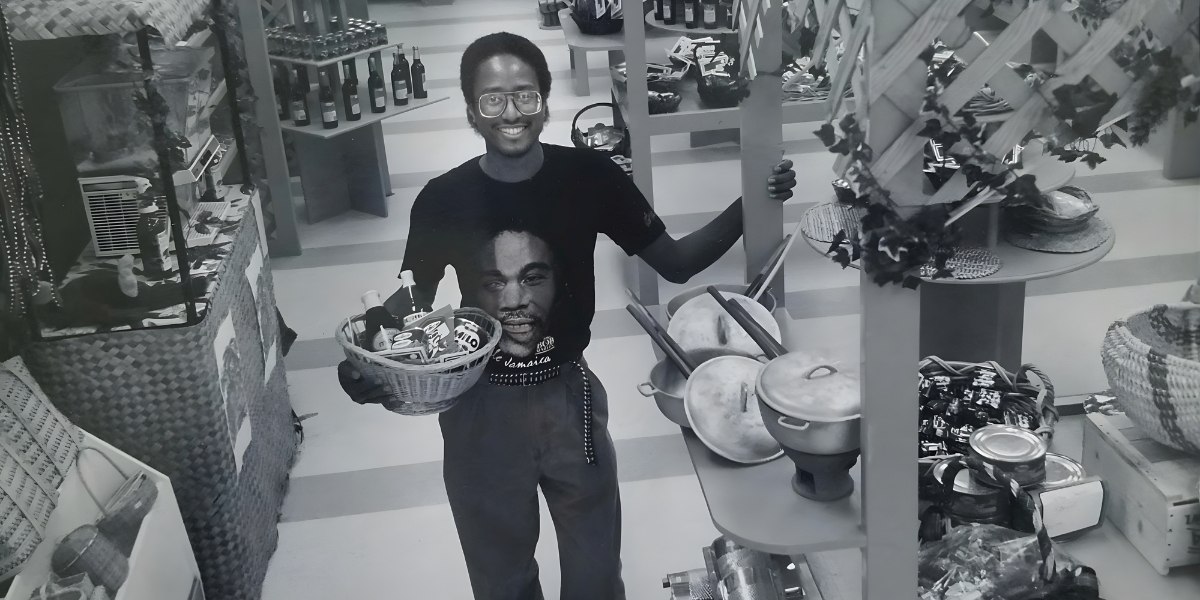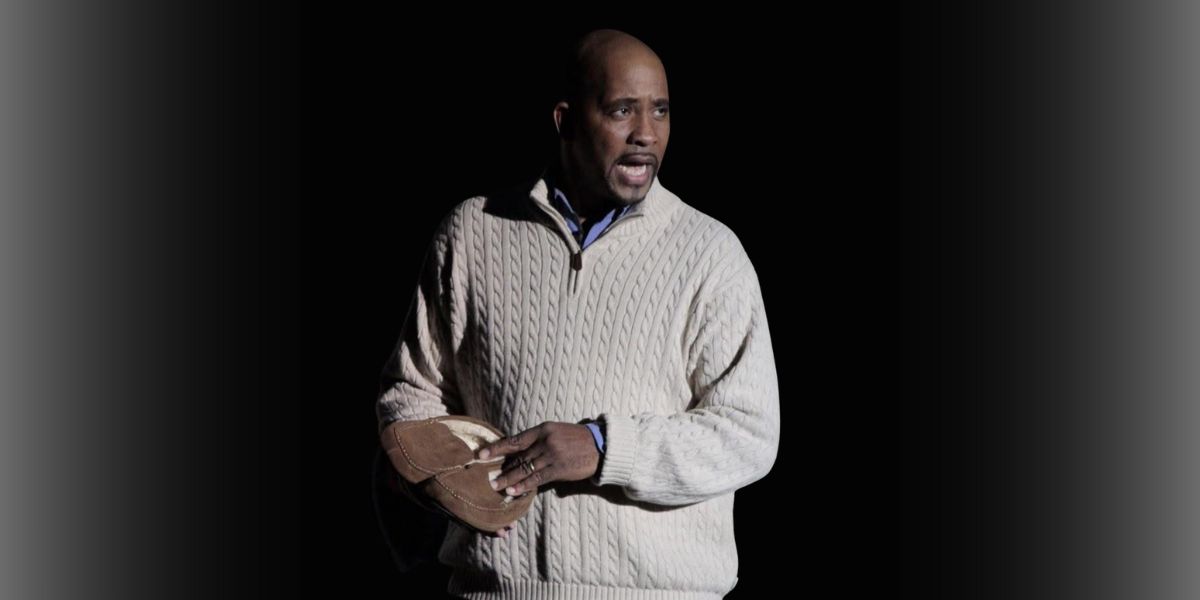A Closer Look at Inam M. Inamullah’s Landmark Work at Carnegie Hall
Art, in many of its forms, has long served as more than just an aesthetic pursuit. Throughout history, it has been used to process grief, reflect inner peace, and create moments of stillness in otherwise chaotic lives. In public spaces worldwide, viewers often gravitate toward works that don’t just attract attention visually but also offer a space to pause—works that may become part of daily rituals of reflection. In this context, large-scale paintings, especially those in areas of cultural or communal significance, may take on meanings that go beyond the boundaries of artistic technique or visual composition.
The relationship between public art and emotional or spiritual healing has been explored more closely in recent years. According to a 2023 American Alliance of Museums survey, a significant proportion of museum visitors—68%—cited emotional or mental well-being as a primary reason for visiting art exhibitions, up from 52% in 2015. Public installations that allow for stillness, personal engagement, or meditative interaction have become increasingly valued in urban and institutional settings. As more artists experiment with how their work might affect viewers beyond the gallery context, many have turned to nature as a medium for communicating calm and internal connection.
One painting frequently discussed in this broader conversation is “The Healing Tree,” created by artist Inam M. Inamullah. The work, measuring 17 feet high by 14.5 feet wide, is installed in Carnegie Hall, New York, a venue that hosts musical performances, regular public foot traffic, and cultural events. Though not necessarily created as an explicitly religious or ceremonial work, “The Healing Tree” has become a site of quiet contemplation for many viewers.
Inamullah’s approach to this work aligns with methods he has experimented with in the past, particularly in using texture and layering of materials. Rather than applying paint with brushes exclusively, Inamullah employs a palette knife, and for “The Healing Tree,” he incorporated sawdust into his oil paints. This combination results in a haptic, nearly sculptural surface, which captures light in different ways depending on the observer’s position. The use of sawdust is not merely for visual complexity; it also introduces elements of nature into the painting, highlighting the connection between the earth and the artwork itself. The texture simulates the roughness of tree bark and the density of moss-laden paths, encouraging viewers to engage through a sensory experience that involves more than just visual observation.
The subject matter—depicting a thick, lush jungle with a curving path cutting through the middle—is rich with symbolic potential. The composition invites movement inward, encouraging viewers to envision a journey or transformation. It doesn’t depict a static scene but suggests progress, with the viewer perhaps moving forward along an unvisited path or embarking on a spiritual journey. While the viewer may supply their own meaning, others have described the painting as a metaphor for personal healing or a spiritual journey. It is not unusual for viewers to return multiple times, each time encountering a slightly different emotional or visual experience.
“The Healing Tree” serves both as an independent piece of art and as an integrated element of its environment. It contrasts stillness with motion within one of Manhattan’s busiest cultural hubs. Carnegie Hall sees thousands of visitors each week, from concertgoers to tourists, yet many are drawn to engage with this painting as though it were nestled in a quiet, secluded forest. The scale of the work plays a critical role here. At 17 feet tall, the painting commands a unique level of engagement. It must be viewed from a distance and then approached gradually, shifting the nature of interaction from passive to intentional, aligning with its often described meditative or spiritual aura.
From a critical perspective, the work does not adhere to the minimalist trends typically associated with contemporary spiritual art, nor does it rely heavily on abstract symbolism. Its figurative nature—featuring trees, a jungle, and a path—grounds it in a recognizable world. However, the combination of material texture and immersive scale imparts a multidimensional quality, which some curators and art critics believe may invite spiritual interpretation without overt guidance. In an era where contemporary art often leans toward commentary or conceptualism, Inamullah’s work suggests that there is still room for emotional absorption and intuitive resonance.
The placement of this painting in Carnegie Hall, while notable, is not an isolated example of textured landscape art gaining recognition in institutional spaces. There has been growing interest among museums and public galleries in art that invites multi-sensory interaction or extended emotional engagement. For instance, the Rubin Museum of Art in New York has incorporated guided meditations into its exhibitions, reflecting a broader trend toward contemplative experiences within cultural settings. In this context, “The Healing Tree” seems to fit, serving as both an artwork and an emotional touchstone for many who pass by.
Inamullah, who has produced numerous landscape works from his studio in Atlanta, Georgia, has built a reputation for creating textured environments that emphasize the emotional range of nature. In comparison to many of his other paintings, which frequently feature recurring motifs like birch trees and seasonal transitions, “The Healing Tree” is often highlighted for its scale, material innovation, and the context in which it is displayed. Rather than existing only within a gallery, it acts as a larger communal element.
“The Healing Tree” continues to attract attention in art publications and visitor commentary. Its presence in Carnegie Hall reflects an increasing recognition of large-scale textured works capable of shaping artistic dialogue and influencing emotional and cultural experiences in public institutions. Unlike rotating exhibits, it remains fixed, both in its placement and in the role it seems to play for its viewers.
As conversations continue to evolve around the intersection of art, environment, and healing, the work of Inam M. Inamullah, particularly “The Healing Tree,” offers a valuable perspective through which to understand how material, space, and subject matter come together to shape both personal and collective reflection. While it is not the only painting to explore such themes, its location in a high-traffic cultural venue, paired with its tactile execution, makes it a consistent point of engagement.






